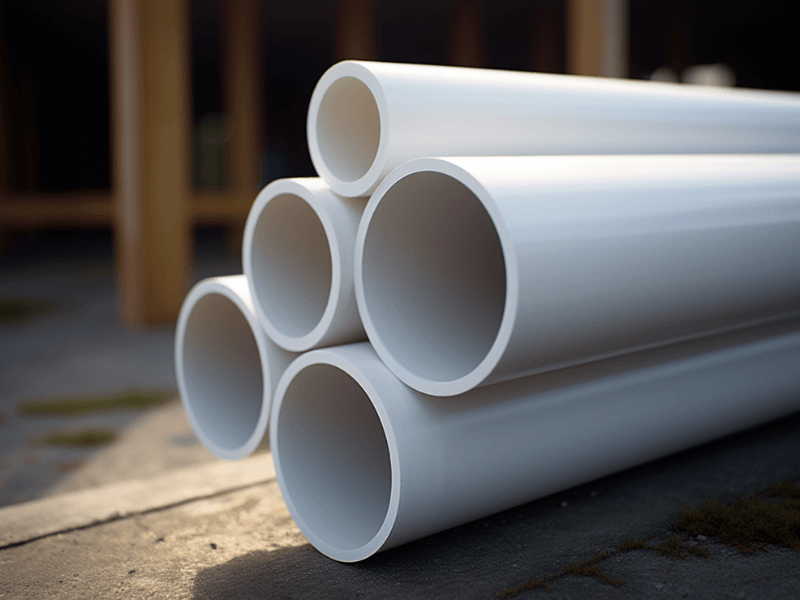In the world of DIY plumbing, working with PVC pipe is a common affair.
Known for its flexibility, affordability, and durability, PVC pipe has become a favorite among homeowners and professionals alike. One integral part of working with PVC is mastering the art of gluing the pipes together.
Let’s dive into the hows and whys of this seemingly simple yet crucial process. If you’re looking to gain some DIY skills, or just love understanding how things work, keep reading!
Overview: Pipe Dream Points
- Considerations before gluing PVC pipe
- Different types of glue for PVC pipe
- Step-by-step guide to gluing PVC pipe

PVC Prep: Getting Ready to Glue
Before you start gluing your PVC pipe, it’s important to take some preparatory steps:
- Cleanliness is Key: Make sure both the pipe and fitting are clean, free of dirt and grease.
- Size Matters: Ensure the pipe fits into the fitting without any force. It should go in smoothly about 1/3 to 2/3 of the way.
- Dry Run: Assemble everything without glue to check all parts fit together perfectly.
Choosing Your Glue: The Adhesive Lowdown
There are different types of glues that you can use for gluing PVC pipe, each with their pros and cons:
- PVC Cement: This is a strong adhesive specially formulated for PVC pipes. It chemically reacts with the PVC, creating a strong bond. However, it dries quickly, so you have to work fast.
- CPVC Cement: Similar to PVC cement but designed for CPVC pipes, which can withstand higher temperatures. You can use it for PVC pipes, but it may be overkill and is typically more expensive.
- All-purpose Cement: This type of glue can be used with PVC, CPVC, or ABS (another type of plastic pipe). It’s versatile but may not provide as strong a bond as specialized cements.
Steps to Success: Gluing PVC Pipe
- Clean and Dry: Ensure your PVC pipe and fitting are clean and dry.
- Apply Primer: Using a brush, apply PVC primer to the inside of the fitting and the outside of the pipe. This softens the PVC and allows for a stronger bond.
- Apply Cement: Immediately after the primer, apply your chosen PVC cement to the same areas. Be generous but avoid excessive application.
- Join the Pieces: Push the pipe into the fitting, giving it a slight twist. Hold it for about 15 seconds to prevent it from pushing back out.
- Dry Time: Allow the connection to dry. This can take anywhere from 15 minutes to 24 hours depending on the size of the pipe and the type of cement used.
Pro Tips:
- Timing: Remember that PVC cement dries quickly, so you’ll need to work fast once you apply it.
- Ventilation: Always work in a well-ventilated area as the fumes from PVC cement and primer can be harmful.
Conclusion: Mastering the Bond
Just like that, you’ve gained a solid understanding of how to glue PVC pipes.
It’s a simple process, but each step is crucial for a strong, leak-free bond.
Armed with the right knowledge and quality materials, you can tackle your next PVC project with confidence.


